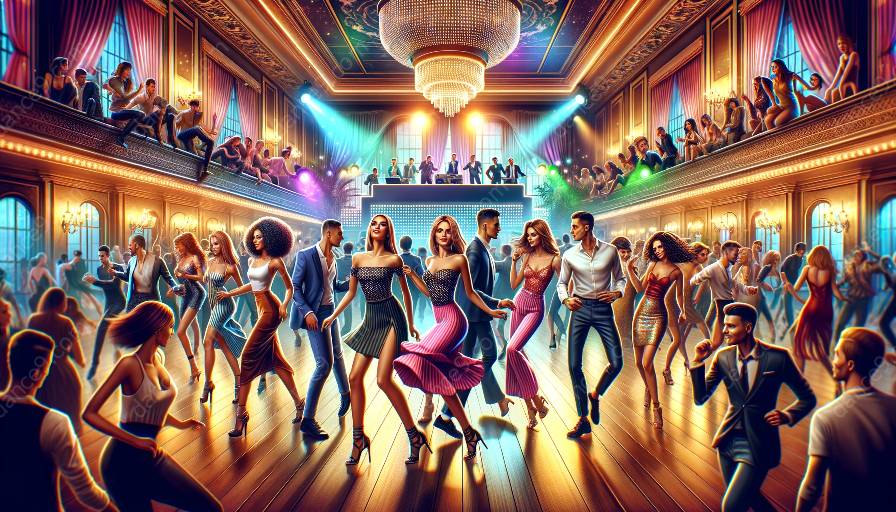Introduction
The intersection between performing arts and dancehall is a fascinating blend of culture, rhythm, and creativity. Understanding the connection between these two art forms can provide insight into the evolution of dance and its impact on contemporary society. This article will explore the history, characteristics, and significance of dancehall within the realm of performing arts, as well as how it can be incorporated into dance classes.
The History of Dancehall
Dancehall originated in Jamaica and is deeply rooted in the country's social and cultural history. It emerged as a popular form of music and dance in the late 1970s, influenced by reggae and other musical styles. Dancehall culture reflects the resilience and creativity of Jamaican society, offering a platform for self-expression and storytelling through movement and music.
Characteristics of Dancehall
Dancehall is characterized by its energetic and dynamic movements, syncopated rhythms, and vibrant choreography. The dance style is often associated with street dance and is heavily influenced by various other dance forms, including African, Caribbean, and urban dance. Its fast-paced footwork, intricate body isolations, and expressive gestures create a unique and visually captivating experience.
Significance in Performing Arts
The intersection of dancehall and performing arts has become increasingly significant, with dancehall-inspired performances and productions gaining traction in mainstream culture. Dancehall has transcended its origins and is now a global phenomenon, influencing music videos, stage shows, and theater productions. Its fusion with other performing arts disciplines has resulted in innovative and boundary-pushing creative expressions.
Incorporating Dancehall into Dance Classes
For dance instructors and enthusiasts, integrating dancehall techniques into traditional dance classes can offer a fresh and dynamic approach to movement education. By incorporating elements of dancehall, such as musicality, improvisation, and individual expression, dance classes can become more inclusive and diverse, catering to a wider range of students' interests and abilities. Additionally, learning dancehall can provide students with cultural awareness and an appreciation for global dance traditions.
Conclusion
The intersection between performing arts and dancehall is a testament to the power of dance as a means of expression, cultural exchange, and personal empowerment. By exploring the history, characteristics, and significance of dancehall in performing arts, as well as its role in dance classes, individuals can gain a deeper understanding of its impact and relevance in today's society.













































































